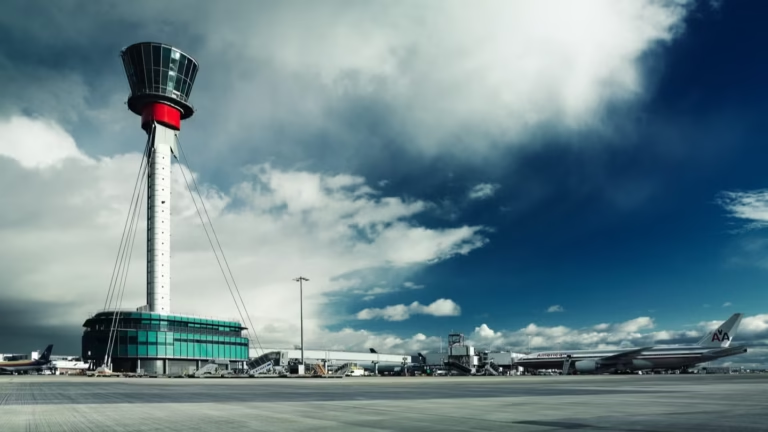The UK government has unveiled the most significant transformation of its airspace since the 1950s, with a bold plan to modernise outdated flight paths, reduce congestion and slash carbon emissions. The overhaul, announced on Monday, 2 June, includes new legislation laid before Parliament that will support the implementation of more efficient, direct routes for aircraft arriving into and departing from UK airspace.
The airspace redesign is a core part of the UK’s Airspace Modernisation Strategy, led by the Civil Aviation Authority (CAA), which seeks to accommodate future air traffic growth while enhancing safety, cutting noise pollution, and supporting environmental goals. The reforms are expected to significantly reduce flight delays and help airlines cut fuel burn—potentially saving hundreds of thousands of tonnes of CO₂ annually.
Under the new laws, the Secretary of State for Transport will gain powers to compel airports and air navigation service providers to take part in redesign efforts if progress stalls. This legislative support ensures collaboration across the aviation sector, which is essential for the success of the complex, multi-year programme.
The government estimates that the reforms could unlock billions in economic benefits by improving airspace capacity and efficiency, while also aligning with its Jet Zero strategy to achieve net zero carbon emissions from UK aviation by 2050. Aviation Minister Anthony Browne called the move “a crucial step forward in building a modern, green, and competitive aviation sector fit for the 21st century.”
Jet2’s CEO Steve Heapy commented on the changes. He said: “As well as investing in tangible actions to decarbonise our own operations, we have been calling for the modernisation of airspace for years, as it has been proven to be a key driver in achieving CO2 reductions. Today’s announcement is excellent news and we are now calling for swift action so that the decarbonisation and passenger experience benefits can be realised as soon as possible.”





